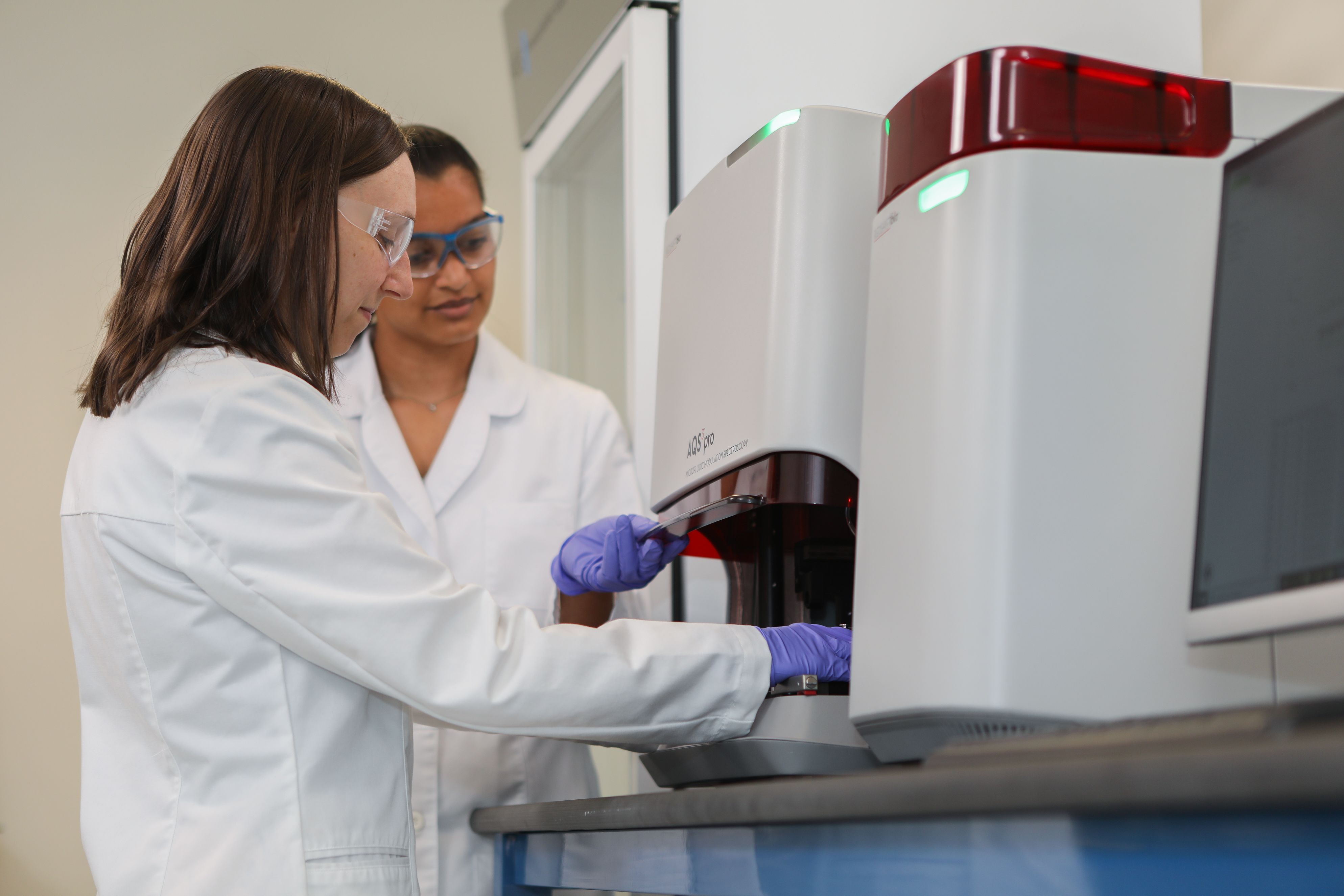
Automated High-Throughput Infrared Spectroscopy For Secondary Structure Analysis Of Protein Biopharmaceuticals
Webinar Length: 1 hour

In this webinar you will learn:
Higher order structure of protein (HOS) is an important product quality attribute that governs the structure function characteristics, safety, and efficacy of therapeutic proteins. Infrared (IR) spectroscopy has long been recognized as a powerful biophysical tool in determining protein secondary structure and monitoring the dynamic structural changes. Such biophysics analyses help establish process and product knowledge, understand the impact of upstream (cell culture) and downstream (purification) process conditions, create stable formulations, monitor product stability, and assess product comparability when process improvements are implemented (or establish biosimilarity to originator products). In this webinar, Dr. Lucy Liu of Pfizer provides an overview of a novel automated mid-IR spectroscopic technique called microfluidic modulation IR spectroscopy (MMS or MM-IR) for the characterization of protein secondary structure. The study demonstrates that MM-IR secondary structure analysis of therapeutic monoclonal antibodies (mAb) is comparable with a conventional Fourier transform IR (FTIR) method. More importantly the study shows MM-IR exhibits higher sensitivity and repeatability for low concentration samples over FTIR, as well as provides automated operation and superior robustness with simplified data analysis, increasing the utility of the instrument in determination of mAb secondary structure. Therefore, we propose that the MM-IR method can be widely applied in characterization and comparability /biosimilarity studies for biopharmaceutical process and product development.